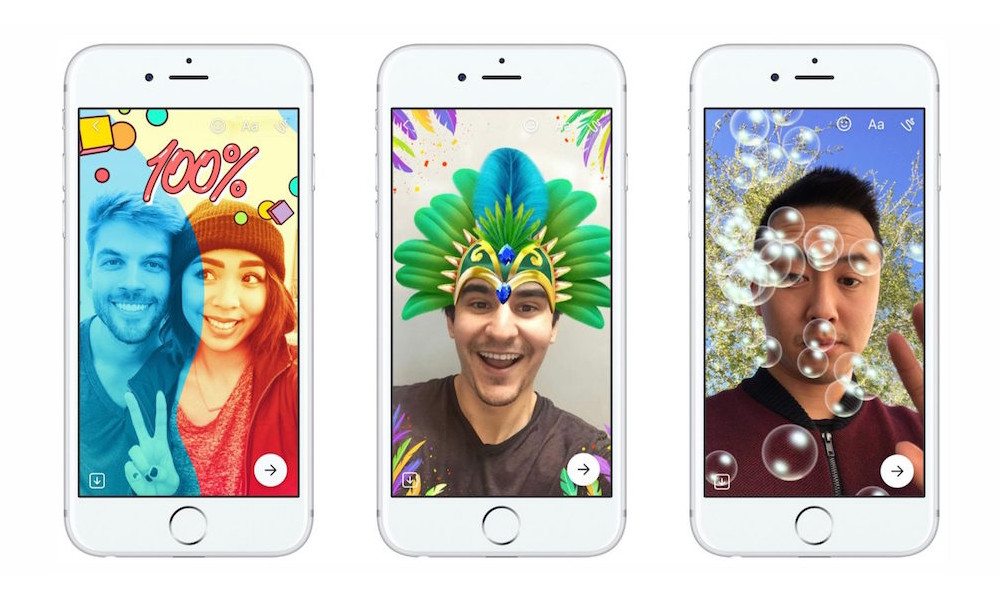Why Facial Recognition Technology Is So Controversial

Toggle Dark Mode
Whereas facial recognition technology was once the province of science fiction, most memorably depicted in Spielberg’s “Minority Report”, it has now become a fact of everyday life.
In many cases, facial recognition tools are utilized to complement other services we use regularly, and make the user’s experience more convenient and seamless. We’re all aware for instance that Facebook employs facial recognition scanning to identify and tag individuals in the millions of photos that are uploaded to its platform each day. Snapchat creates a detailed map of your face before superimposing cat whiskers, or whatever other selfie filter suits your fancy, on it.
But sometimes, it’s used to make life slightly less convenient, as is the case in China’s Temple of Heaven– a complex of ancient religious buildings and a popular tourist destination. There, bathroom toilet paper dispensers have been equipped with facial recognition tools to crack down on the relatively mundane issue of toilet paper theft. Unfortunately, this means that each visitor is entitled to one meager quota of toilet paper every nine minutes, which has led to embarrassing and potentially excruciating circumstances. This use of facial recognition software might seem intrusive and irksome, but it’s largely innocuous, and even a little funny.
Of course, there’s ample reason for concern here as well, especially because companies see value in compiling and selling detailed personal profiles on their customers to third parties. A recent Atlantic article wonders whether and how companies will monetize your face, in a time where your face is more public and up for grabs than ever before.
The Atlantic reports that it takes a lot of photographs of an individual to teach a machine to recognize his or her face, which is why machine learning specialists often resort to using celebrities, and their considerable supply of publicly available photos, for their research. Increasingly, however, celebrities aren’t the only people who have a massive database of photos of themselves.
Which is why the spread of image capture and facial recognition tools has inevitably and understandably stoked fears of a surveillance state and other dystopian imaginings. It’s reasonable to wonder what use companies and governments are making of the growing stockpile of pictures they have on file.
FBI’s Facial Recognition Program
One current scenario that has Congress-members on both sides of the aisle up in arms, for example, is the FBI’s in-house facial recognition software and growing database of pictures of Americans’ faces, which have been pulled from DMVs in 18 states and millions of mugshots. The Bureau’s recognition tools can be used to scan millions of faces in short order. The agency apparently has plans to continue striking agreements with the remaining motor vehicle departments in the country to add more driver’s license photos to its database.
Last year, the Government Accountability Office estimated that half of all adult Americans already have their faces archived in federal, state, and local facial recognition networks.
On Wednesday, Democrats and Republicans at a House Committee on Oversight and Government Reform hearing slammed the FBI for its facial recognition program, raising concerns about unwarranted invasions of privacy, arrests of innocent Americans, and potential for racial bias.
“I have zero confidence in the FBI and the [Justice Department], frankly, to keep this in check,” Rep. Stephen Lynch (D-MA) said at the meeting.
Rep. John Duncan (R-TN) lamented: “I think we’re reaching a very sad point, a very dangerous point, when we’re doing away with the reasonable expectation of privacy about anything.”
One particularly disconcerting point was raised by Rep. Elijah Cummings (D-MA), who noted that current facial recognition technology is less accurate when identifying black people.
“If you’re black, you’re more likely to be subjected to this technology, and the technology is more likely to be wrong,” he said. “That’s a hell of a combination.”
The FBI deputy assistant director Kimberly Del Greco stressed that the technology and image database is exclusively for law enforcement purposes and an extension of the investigative work that the agency already performs on a regular basis.
“It is a search of law enforcement photos by law enforcement agencies for law enforcement purposes,” Del Greco said in the hearing. “Law enforcement has performed photo lineups and manually reviewed mugshots for decades. Face recognition software allows this to be accomplished in an automated manner.”
Beyond the FBI, facial recognition technology is garnering interest in local and state law enforcement agencies, especially as it becomes more accurate and can be cast over a wider net.
Real-Time Facial Recognition Technology
Last year, Russian startup NTechLab announced that it had developed technology to scan and identify people in real-time through the thousands of CCTV cameras dotting Moscow’s streets. The development of the FindFace algorithm is a palpable reminder that the nature of public spaces– already riddled with cameras– is undergoing a tectonic shift. The startup already has pilot programs in the UK, US, and China, where law enforcement agencies see plenty of use cases for real-time facial recognition and other biometric scanning tools.
The Intercept reports the concerns of civil liberties groups that the advent of real-time face recognition technology, combined with the widespread adoption of police body cameras, “creates the conditions for a perfect storm of mass surveillance.”
“The main concern is that we’re already pretty far along in terms of having this real-time technology, and we already have the cameras,” said Jake Laperruque, a fellow at the Constitution Project, to The Intercept. “These cameras are small, hard to notice, and all over the place. That’s a pretty lethal combination for privacy unless we have reasonable rules on how they can be used together.”






